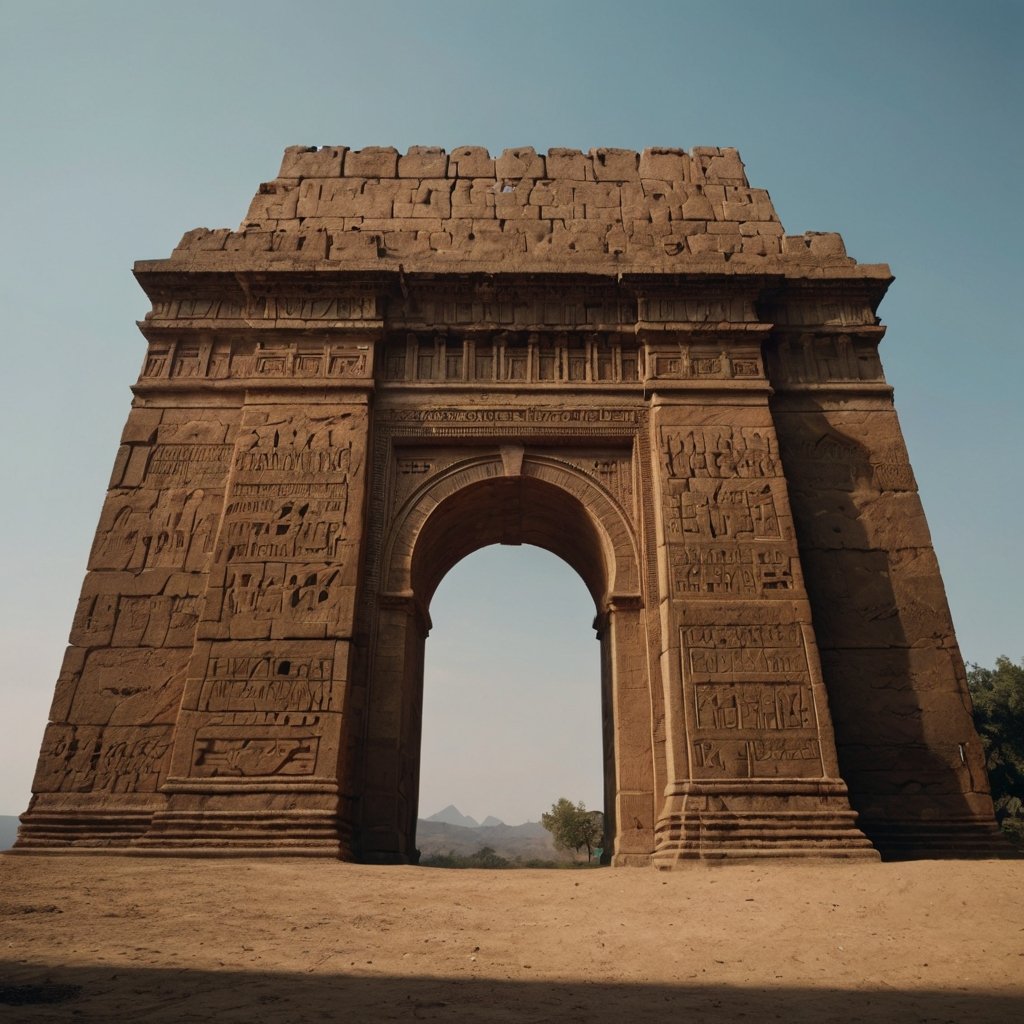Historical monuments are more than stone and brick constructions; they symbolize something of a greater dimension beyond time to give us a glimpse into our collective past. They represent cultures, values, and events that have moulded the fabric of our societies.
They are tangible links with the past giving us glimpses of people who lived before us. Therefore, they are of significant importance to any understanding of our heritage and the stories that define us. The importance of historical monuments, their significance in education and tourism, and the current challenge they face in this modern world is discussed in this article.
some topics of History
- Art Deco Architecture
- culture and heritage
- history of islam
- The religious history of american women: reimagining the past.
- What unit is the scientific revolution ap world history
- Books on Conflict During the Cold War
Table of Contents
Cultural Identity
Historical monuments are one of the most vital ways of maintaining cultural identity. They express the artistic, architectural and cultural creations of a society at a particular moment in time. The Parthenon in Athens is an embodiment of antiquity, with proof of progress in the world of arts as well as democracy. Equally, the Great Wall of China is a historical witness to the strength and the nation’s wisdom. These monuments are not leftovers of history; they are symbols representing values and beliefs that constitute a culture.
Indeed, the monuments mostly come out to be the common memories of those monuments. They remind the communities regarding their struggles, triumphs, and traditions. The Vietnam Veterans Memorial in Washington, D.C., commemorates the fallen in the war; it is a space that encourages thought and remembrance. Such monuments unite people and share experiences with generations.

Educational Value
One of the reasons historical monuments stand tall is for educational value. It gives visitors an opportunity that few other texts can – to experience history through interactions. People who visit these historical sites usually go amazed by the scale and craftsmanship of these structures, therefore earning them an appreciation of the old world. Further insights into guided tours and information panels can provide for better knowledge of the historical significance of the monument.
Many educational programs offered in relation to monuments involve taking local schools and communities on board, encouraging young people to delve deeper into their heritage and learn why things are preserved. It has, therefore, been ascribed to fostering critical thinking along with active citizenship since it encourages young people to discuss anything related to history, identity, and social responsibility.
Tourism and Economic Impact
Historical monuments are also quite important components of tourism, bringing in million visitors each year to the tourism sites. The economic implications of this tourism, many jobs created and revenues generated for local economies. Among these are the Eiffel Tower in Paris, the Pyramids of Giza in Egypt, and Machu Picchu in Peru, which attract tourists from all around the globe with the income they leave behind for the local business and communities.
Tourism related to historical monuments can also result in investment in infrastructure, be it transport, hospitality, or services. In other words, the whole area becomes more or less activated, thereby enhancing the standard of living of its people. Of course, there must be a balance between tourism and preservation of these monuments so that the future generation, too, can be favored with these monuments.

Problems Related to Historical Monuments
Despite how significant they are, the historical monuments are under distinct challenges in this world. Such factors as urbanization, climate change, and political instability put into danger integrity and even destruction of monuments. Frequently, fast growth in cities leads to loss of historical monuments when there is new building sites to fit modern infrastructure. Natural disasters such as earthquakes, floods, and hurricanes can greatly damage monuments through extreme and irreversible means, thus underscoring the need for preservation and restoration activities at once.
The historical monuments are also at risk due to political conflicts between politicians. Cultural heritage sites could be a casualty of sabotage in areas with political conflict, such as the ancient city of Palmyra in Syria. These acts obliterate not only physical structures but also burnish the culture narratives that they represent.
Role of Preservation Organizations
These challenges have resulted in several preservation organizations and initiatives that cropped up around the world. The World Heritage Sites program run by UNESCO is meant for the recognition and protection of outstanding cultural and natural sites around the world to the extent of their capability for international cooperation into their preservation. Other crucial forces in the advocacy of historical monuments are local organizations and grassroots movements, concerned with raising awareness about their importance and mobilizing resources for protection.
Preservation of monuments also boasts improvement in technology. Three-dimensional scanning and digital modeling enable the historic site to be documented in large detail by providing data for such restoration projects and virtual tourism experiences. Such technologies will help preserve monuments because once the structure itself is damaged, digital archives can ensure its history is preserved.

Conclusion
In conclusion, historical monuments are priceless guardians of our heritage, providing an understanding of the cultural, social, and political fabric of societies in their times. The buildings play a very important role for culture identity as they offer educational opportunities and augment economic growth through tourism. However, they face huge problems in their quest to thrive in the current world, requiring gigantic joint efforts from individuals, communities, and organizations that are committed to their preservation. Being aware of the historical monuments’ significance is crucial for the following generations to be tied together and learn from this tapestry of human history as well.





Leave a Reply